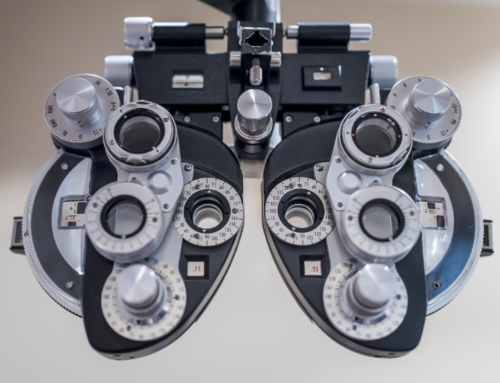The Prevalence Of Vision And Hearing Problems In Children
With August being Children’s Eye Health and Safety Month, more attention than ever is being paid to school sensory exams. In the U.S., vision problems affect a fourth of the age demographic between five and seventeen years old, according to the National Commission on Vision and Health. A detectable degree of hearing loss affects an approximate two-thirds of children. The rate of hearing loss in modern day teenagers is 30% higher than those in the 80s and 90s.
The prevalence of technology in our daily lives may certainly play a role in this increase. Our youth may spend three or more hours in a day interacting with digital devices as reported by over 40% of parents. This use of technology, eyes on a screen or ears listening to concentrated sound at potentially damaging volumes, may contribute to losses in vision or hearing.
Worse, such damage may be left untreated or undetected. Measures may not be taken to alleviate issues in eyesight or hearing due to a lack of consistent sensory screening. As reported by studies, the rate of children who have not seen an optometrist, or other eye care specialist, within the past year is 79%.
Vision problems that could have been prevented with proper screening and treatment, afflict a fourth of children, according to the National Commission of Vision and Health – a very unfortunate statistic. Trained specialists are available in schools to screen and assess sensory issues, yet it seems they are an underutilized resource.
How Frequently Should School Sensory Screening Take Place?
According to the American Academy of Pediatrics, health screenings at school should take place:
- Before school entrance,
- At age six,
- At age eight,
- At age ten
- Once during middle school (at least),
- And once during high school (at least).
A sensory screening assessment involves vision and hearing screening. These should be conducted in order to best meet student needs in the context of an academic environment. Not being able to see the board for lesson notes or the screen for lectures or presentations can negatively affect academic performance. Not being able to hear the lecture or listen in on discussion or the questions asked and answered in class may also have the same negative impact.
School Sensory Screening Allows For The Addressing Of Issues
Vision screening will pinpoint any problems with eyesight, which may be accommodated with prescription glasses, perhaps a seat closer to the front of the classroom – so that the student may better see the teacher’s board or screen. Hearing screening will pinpoint any problems with the auditory sense, which may be accommodated with hearing aids, or again with a seat closer to the front of the classroom – so that the student may better hear the lesson.
Regardless, a school sensory screening may or may not resolve the issues in sight or hearing of a child, but it will pinpoint any existing problems. Those problems can be addressed in order to prevent sensory issues from impacting student performance or causing health issues further down the line.






